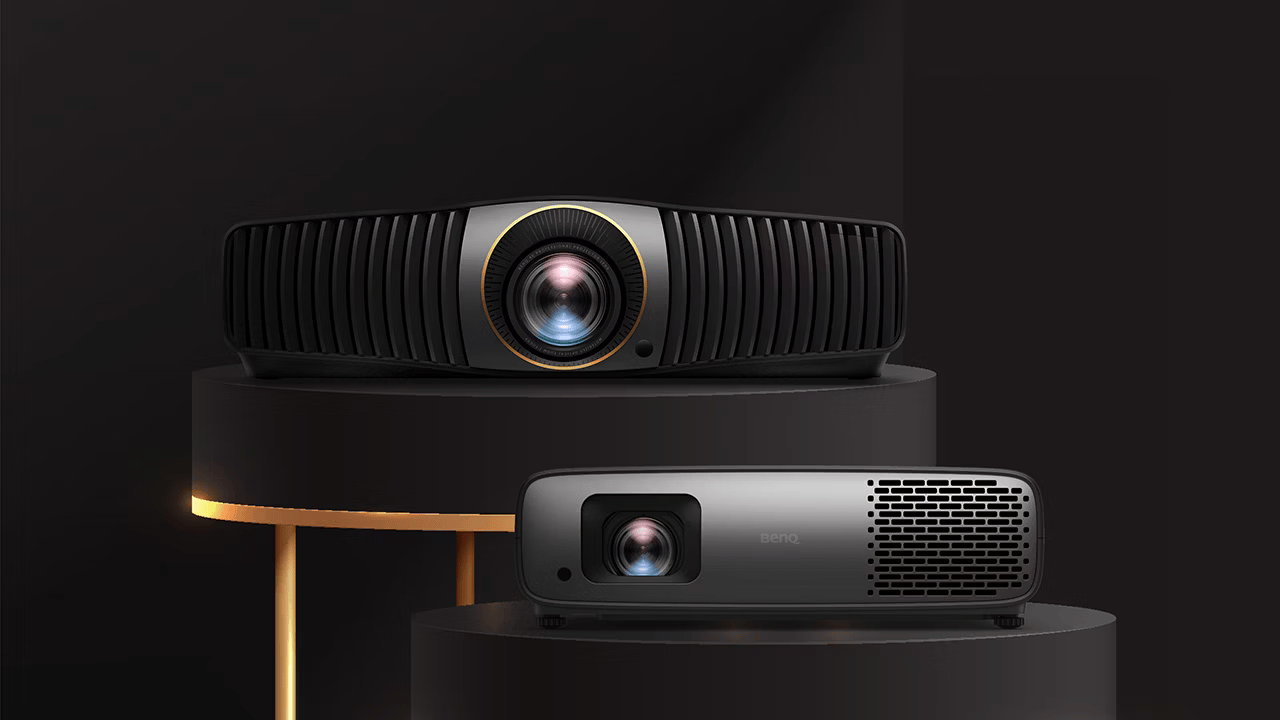HDMI 2.2: everything you need to know about the new TV connection
Consider the bar raised
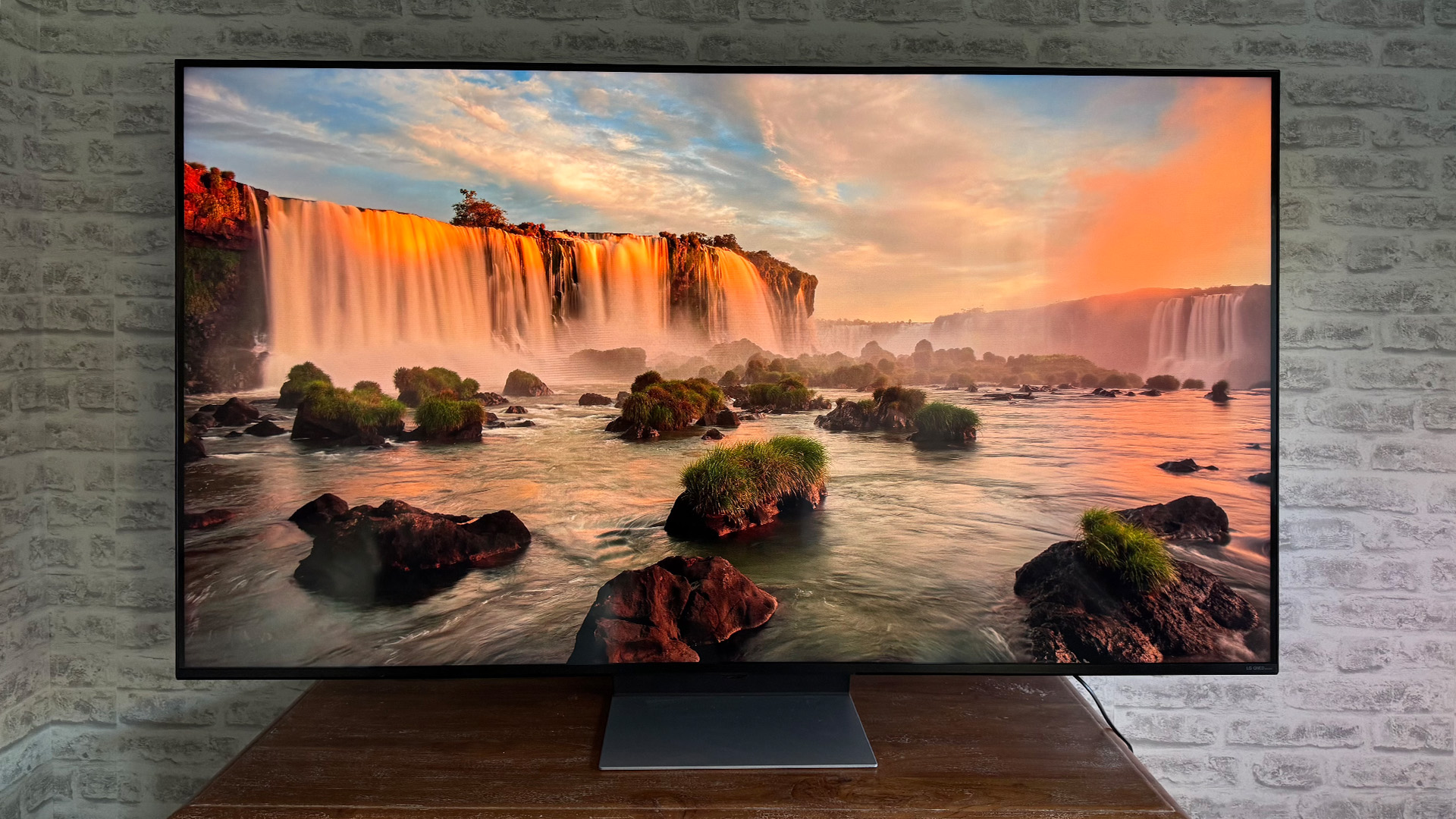
Most people give very little thought to how they connect their TVs. They plug the cable into the relevant socket and forget about it. But these cables and connections are capable of some pretty amazing things, and one in particular is about to be upgraded in a big way.
HDMI 2.2 was announced at CES in January 2025. It will replace HDMI 2.1 and promises better picture quality, among its other abilities.
So when will we see devices that use HDMI 2.2? How is it better than HDMI 2.1? And what else will HDMI 2.2 be used for besides TVs and projectors? Let's dive into the detail...
What is HDMI 2.2?
It's the next standard of HDMI cables and ports – the main way of connecting AV components like Blu-ray players, set-top boxes, soundbars, AV receivers and streaming devices to a TV.
HDMI stands for High Definition Multimedia Interface. The current standard is HDMI 2.1, which was announced in 2017. Given that it's seven years old, it's pretty staggering that a lot of TVs with four HDMI ports only have two HDMI 2.1s – the other two are usually HDMI 2.0, which dates from 2013. This is a bugbear of ours – we've written about it again and again and again.
What is HDMI 2.1?
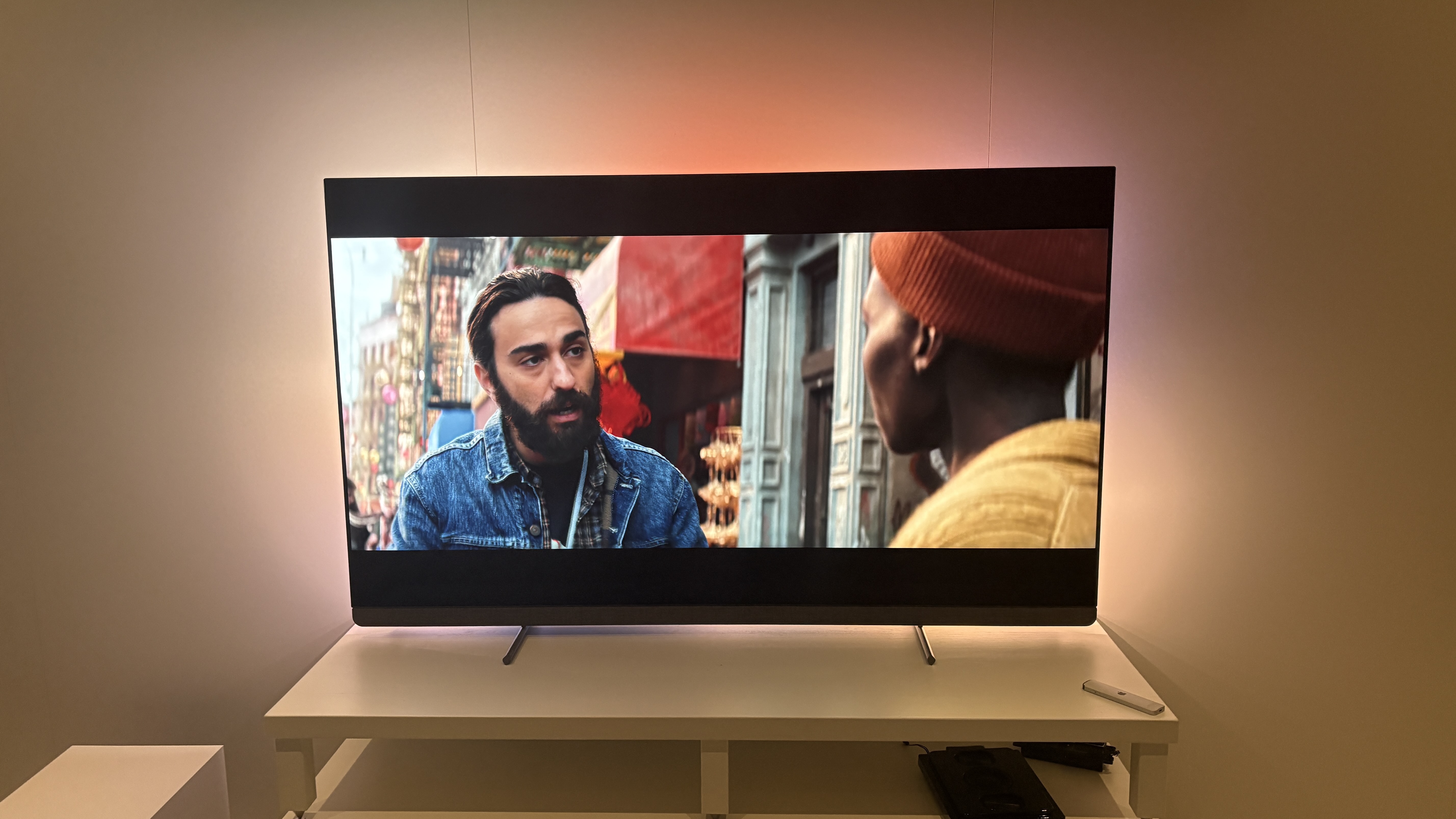
So why have we got a bee in our bonnet over the lack of HDMI 2.1 ports on modern TVs? Because of how limited it leaves them.
By increasing the bandwidth from 18Gbps (Gigabits per second) to 48Gbps, HDMI 2.1 can handle video resolutions up to 10K at 120fps (frames per second). Though considering no TV can handle that, it's not much use for us home cinema fans.
What is of use is HDMI 2.1's support for Dynamic HDR at 4K/120fps and 8K/60fps, which means the TV can adjust its picture frame-by-frame – so content in the likes of Dolby Vision and HDR10+ will look its best.
HDMI 2.1 is a boon to gamers too, with VRR (Variable Refresh Rate) making for a smoother gaming experience with greater responsiveness. And HDMI 2.1 supports eARC which lets you send DTS:X and Dolby Atmos soundtracks from your TV to your audio system in the highest possible quality.
Lots to like, then. And HDMI 2.2 builds on this.
- HDMI 2.1: features, specs and news about the HDMI standard
What is HDMI 2.2?
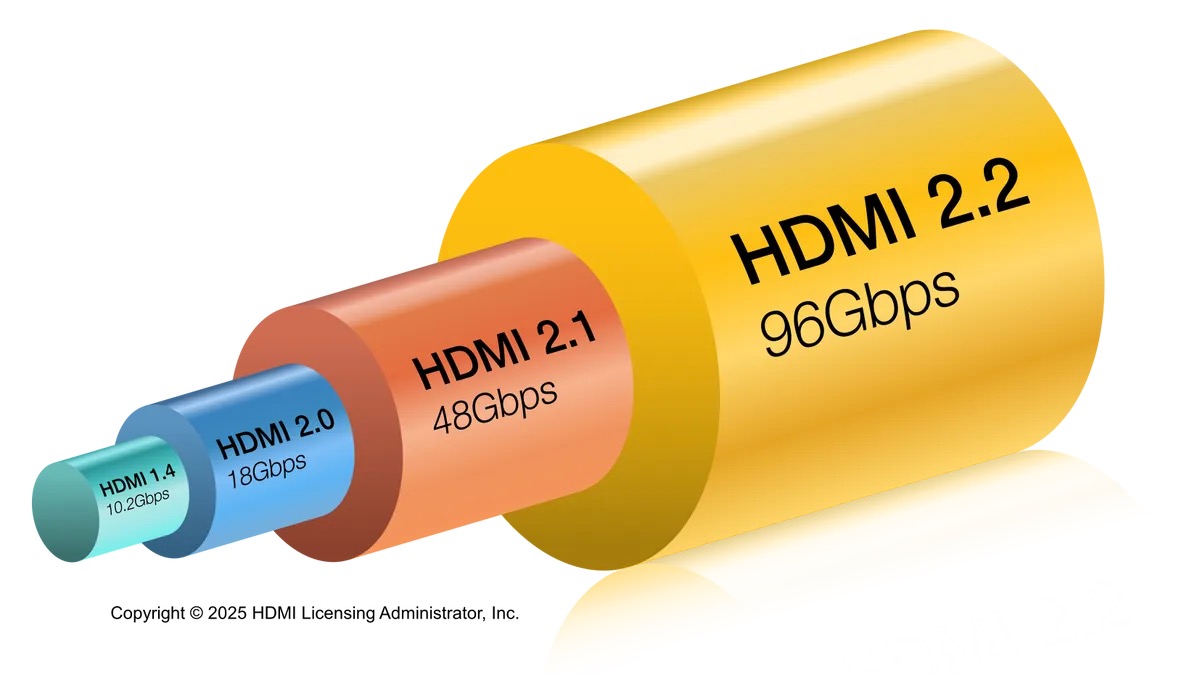
It's like HDMI 2.1 on steroids. It doubles the bandwidth from the 48Gbps of HDMI 2.1 to a whopping 96Gbps. That will mean higher resolutions (up to 16K!) and refresh rates (4K at up to 480Hz!).
Impressive, certainly, but a bit academic at the moment. 8K sources are few and far between, so good luck finding a 16K one. (HDMI 2.1 is technically capable of 10K, but seeing as there's little to no 10K content available, that feature is pretty much redundant.) And even high-end PCs only output in 144Hz (the PS5 and Xbox Series X top out at 120Hz), so 480Hz is the stuff of dreams right now.
Instead of pure resolution, the extra bandwidth will be used for virtual reality, augmented reality and mixed reality (the type that Apple refers to as spatial computing for its Vision Pro headset). And expect plenty of commercial applications like digital signage, medical imaging and machine vision.
It also supports next-gen HDMI Fixed Rate Link technology. Using a device that is HDMI 2.2 certified (with a compatible HDMI cable, of course) will guarantee that your screen supports a native video format in the best way possible.
One of the most eye-catching features is Latency Indication Protocol (LIP), which promises to improve audio and video synchronisation, especially when using an AVR or soundbar. That should mean an end to lip-sync issues – hence the name LIP.
Does HDMI 2.2 need new cables?
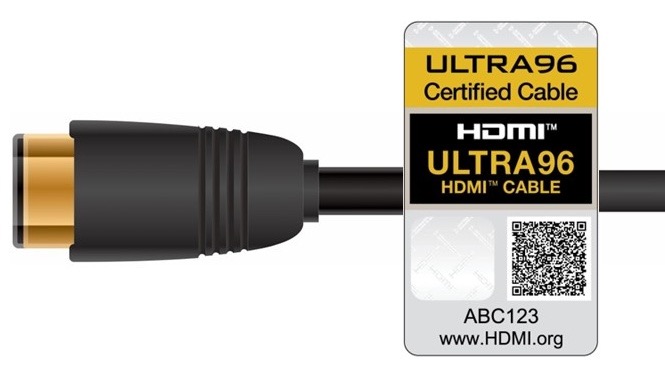
It does, as the current 2.1 cables can't handle the extra bandwidth. Confusingly, these cables aren't called HDMI 2.2 cables, but Ultra96 HDMI cables (because they can handle 96Gbps, see). The connection is the same shape as HDMI 2.0 and 2.1, so if you buy an HDMI 2.2-compatible TV, you can still use your old cables (though you will miss out on the new features that come with HDMI 2.2).
When will HDMI 2.2 arrive?
Soon, but don't expect it to be mainstream for a long time. The first devices featuring HDMI 2.2 ports should start arriving in the first half of this year, but we should see more products with it in 2026. But HDMI 2.1 launched in 2017, and didn't really start to take off until the PS5 and Xbox Series X shipped with it in 2020. And HDMI 2.1 still doesn't feature on all TVs – as with most technologies, it was exclusively for pricier models to begin with before filtering down to cheaper sets.
The Ultra96 cables should arrive sooner. But unless you have an HDMI 2.2-compatible TV and you're desperate to reduce delays with lip syncing, you almost certainly won't need one anytime soon.
MORE:
Read our full Samsung QN900D review
Check out our picks for the best OLED TVs
HDMI 2.1: everything you need to know including features and specification
Get the What Hi-Fi? Newsletter
The latest hi-fi, home cinema and tech news, reviews, buying advice and deals, direct to your inbox.
Joe has been writing about tech for 20 years, first on staff at T3 magazine, then in a freelance capacity for Stuff, The Sunday Times Travel Magazine (now defunct), Men's Health, GQ, The Mirror, Trusted Reviews, TechRadar and many more. His specialities include all things mobile, headphones and speakers that he can't justifying spending money on.

